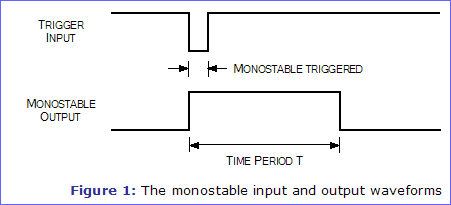John Murdock
Member
Regarding the 555 IC, I seem to have a gap in my knowledge on it regarding the output signal for the monostable and astable. Of course the monostable is a 'one shot' while astable goes on and off.
My question is what determines the time period for which the signal is high and the time for which it is low? is it the RC network of the capacitor and resistors and if so, if i was told to sketch the signal as if it had a probe right on pin 3 how would i go about doing that. ( by that I mean sketching this for a 555s output for both monostable and astable: )

My question is what determines the time period for which the signal is high and the time for which it is low? is it the RC network of the capacitor and resistors and if so, if i was told to sketch the signal as if it had a probe right on pin 3 how would i go about doing that. ( by that I mean sketching this for a 555s output for both monostable and astable: )




